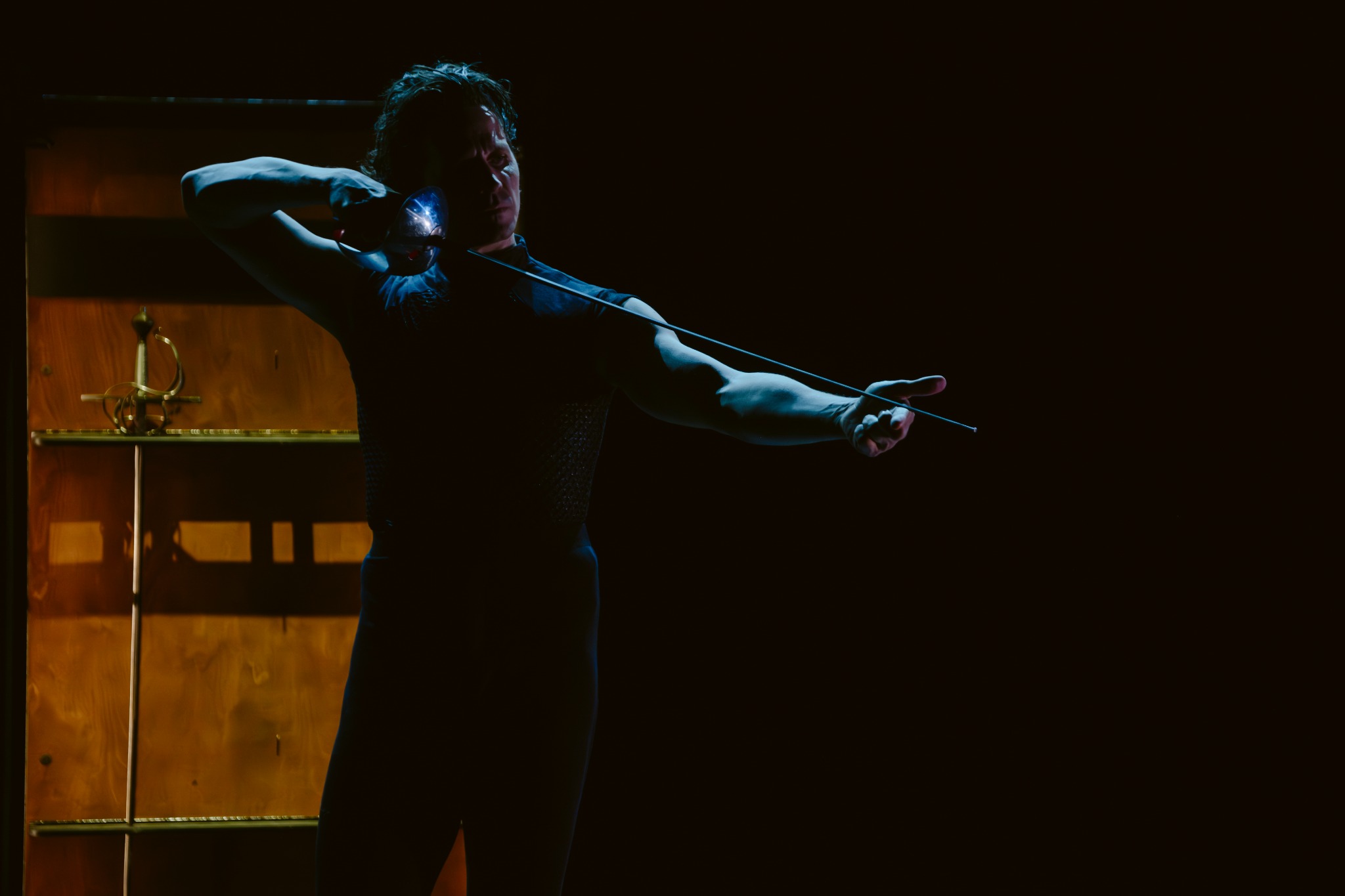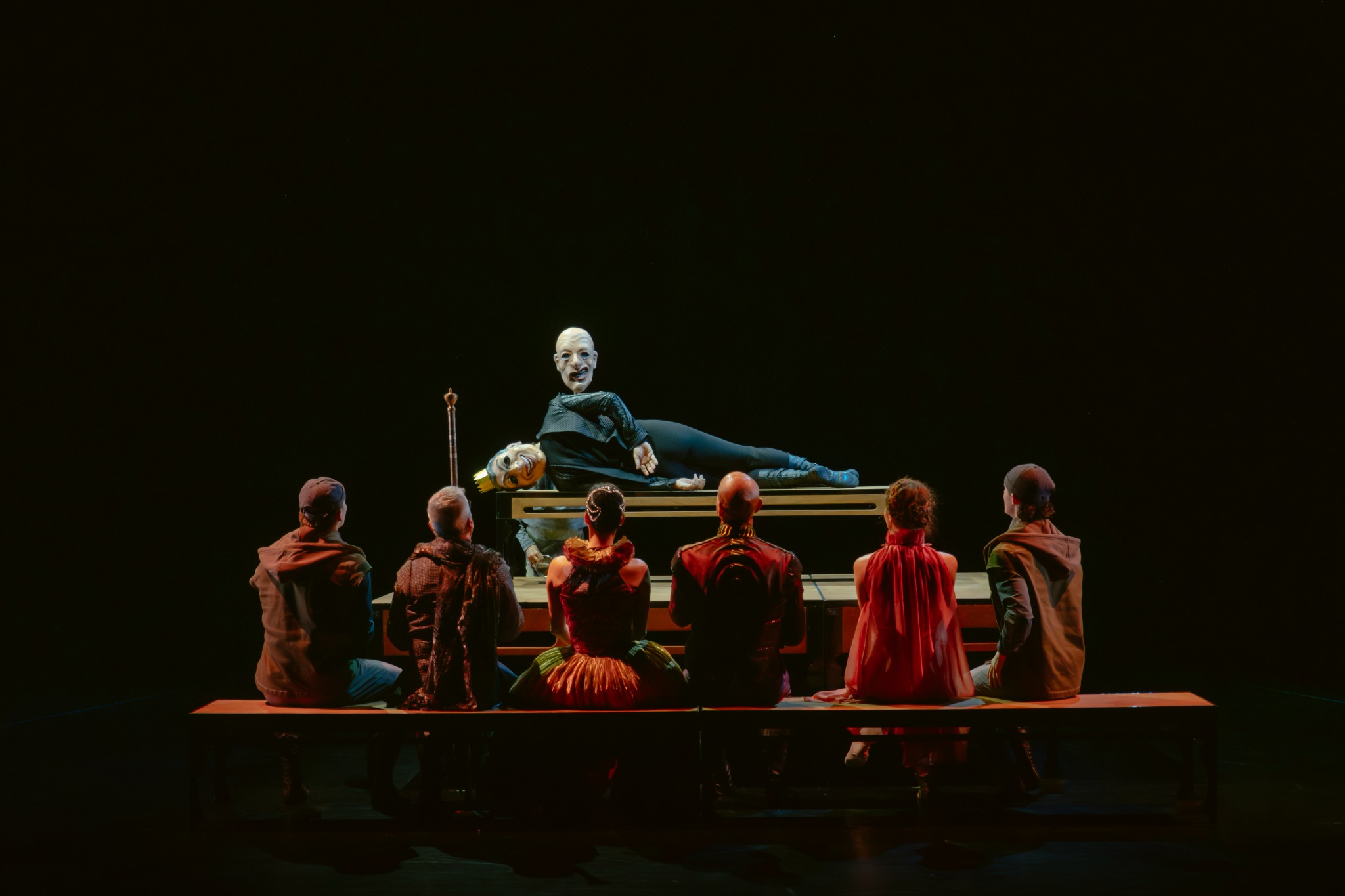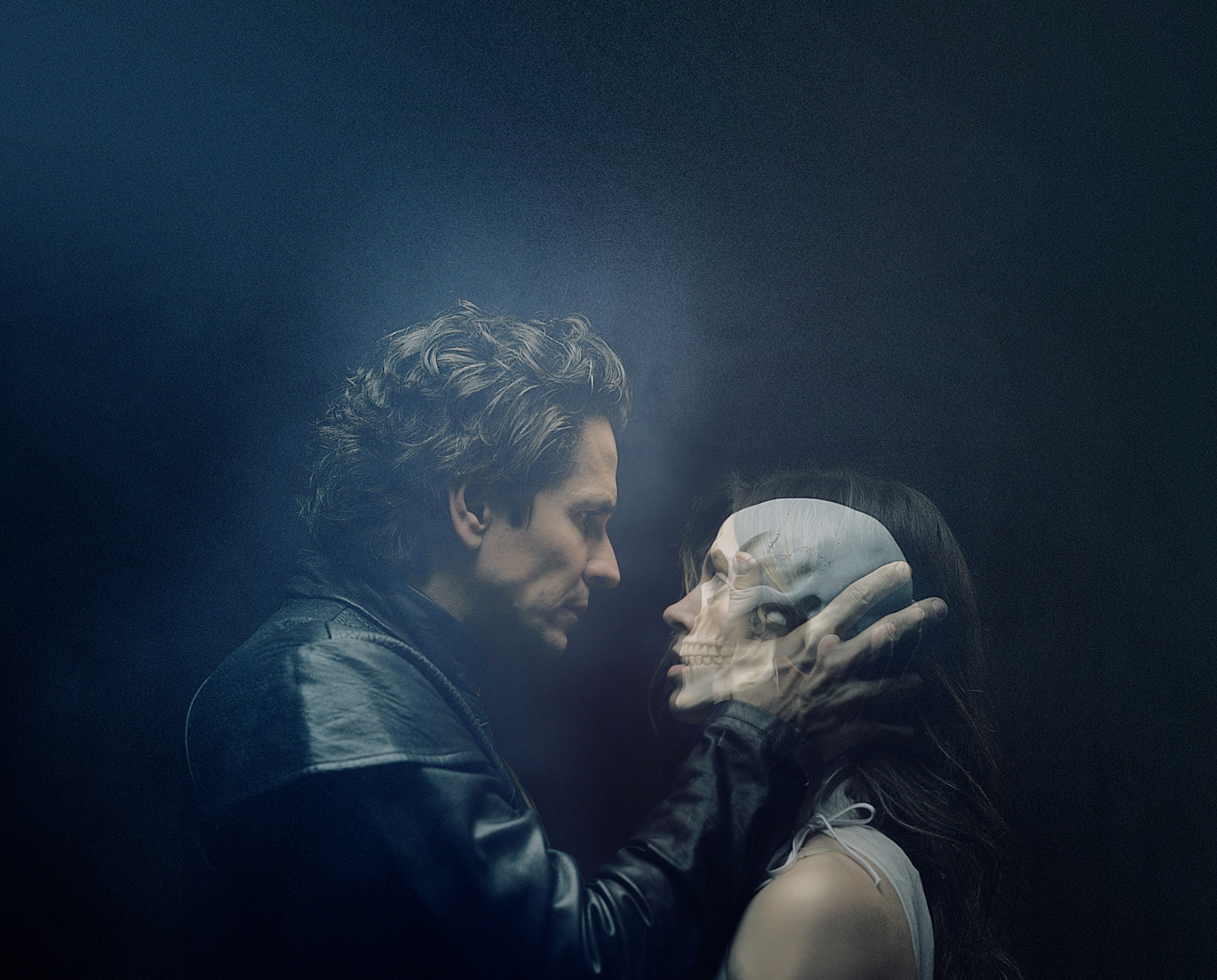Review: The Tragedy of Hamlet, Prince of Denmark (Côté Danse, Ex Machina, and Show One Productions)
Opening tonight at the gorgeous Elgin Theatre, The Tragedy of Hamlet, Prince of Denmark, presented by Côté Danse, Ex Machina, and Show One Productions, is a wordless dance spectacle that captivates from start to finish. Choreographed and co-designed by Guillaume Côté and directed and designed by Robert Lepage, this production beautifully demonstrates that words are not necessary to convey the essence of this timeless Shakespearean tale.
The story is easy to follow with their staging, but I still recommend getting a bit familiar with the plot to enhance the experience. The work is centred around Hamlet (Côté) who seeks revenge against his uncle Claudius (Robert Glumbek) for murdering his father, the former king, and marrying his mother, Gertrude (Greta Hodgkinson). Hamlet's friend Horatio (Natasha Poon Woo) reveals that Hamlet's father's ghost accuses Claudius of the murder. To expose Claudius, Hamlet stages a play that reenacts the murder, leading to Claudius's guilty reaction. Hamlet's hesitation and feigned madness results in a series of deaths, including Polonius (Bernard Meney), Rosencrantz (Connor Mitton), Guildenstern (William Sadler), and Laertes (Lukas Malkowski). Ophelia (Carleen Zouboules), Hamlet's love, drowns after going mad from grief over her father Polonius's death at Hamlet's hands. The play leads to a final duel, in which the Queen, Gertrude, accidentally drinks poisoned wine.

I was able to attend a preview of the work last night, and found that it exemplified the power of creative collaboration. From the music to the choreography, direction, and cast’s performances, each element is beautifully crafted to tell the tale.
The music, composed by the award-winning John Gzowski, stands out as a highlight for me, perfectly capturing the drama and intensity of the piece. Simon Rossiter's lighting design, with its clever interplay of shadows and a mix of lights and fabric, creates stunning secondary scenes that draw the audience into the heart of the action. Vanessa Cadrin's minimalist set design is deceptively dynamic, ensuring the stage always feels vibrant and alive. The set pieces, particularly the mirror-topped tables, are used to transform the space for various settings. The costumes, designed by Michael Gianfrancesco, after Monika Onoszko, help to distinguish characters and enhance the visual storytelling.
Despite the absence of spoken text, the production creatively incorporates textual lines on small screens at the top of the stage and employs the use of mic-ed breathing for Horatio, adding textual depth to the work.
Alongside the fantastic design and direction, the production boasts beautiful and inventive choreography. The opening sequence shows the cast's physicality and technical skill, with choreography that feels both fluid and hunched, elegant with a hint of eeriness, and is always moving multi-directionally. These movements sequences come back throughout the work, with their intriguing blend of contemporary aesthetics and balletic precision.

The production is not without its moments of humor, such as in a scene where masks are placed on the backs of dancers' heads, creating an amusing illusion as they move as though facing forward. The choreography also shines in a sword fight scene, where red and white scarves attached to the ends of swords add a visually stunning and clear depiction of the combat and their choreography.
Conversely, the performance also presents scenes of profound drama and beauty. One particularly striking example is the blue curtain scene, where Ophelia is gracefully lifted and maneuvered through a large, billowing blue curtain that spans the entire stage. Reminiscent of aerial silks but without the rope, this scene showcases Ophelia floating ethereally in a vast blue expanse, a poignant prelude to her tragic demise by drowning. The innovative approach to this scene left a lasting impression, making it a moment I wish I could see again.
This production is a testament to the power of dance as a narrative medium! Côté's choreography and Lepage's ingenious direction and design have created a Hamlet that speaks volumes without uttering a single word. The packed theater last night was a sight I have not seen in a long while and is deserved for this work. Get your tickets before they are gone!
The Tragedy of Hamlet, Prince of Denmark, presented by Show One Productions, is playing until April 7, 2024. It is playing at the Elgin Theatre (189 Yonge St., Toronto). The show is approximately 120 minutes with no intermission. Tickets are between $55 and $210. Tickets are available online.
For more information:
- cotedanse.com - Instagram: @cote_danse, Facebook: @AnymotionProductions
- showoneproductions.ca - Instagram: @show.one.productions, Facebook: ShowOneProductions, X: ShowOneProd
- Exmachina.ca - Instagram and Facebook: @exmachina.ca, X: @exmachina_ca
Written by Deanne Kearney. www.deannekearney.com @deannekearney

0 Comments Add a Comment?